Learn Plant Tissue Culture Techniques
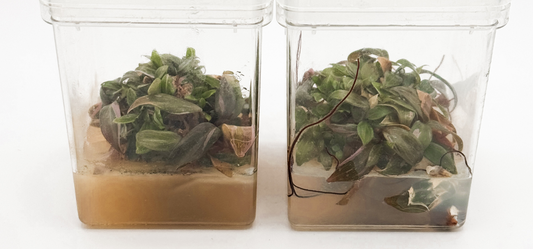
How to Troubleshoot Contamination and Browning ...
Introduction Plant tissue culture is a cornerstone of modern botany, enabling everything from the rapid propagation of elite crop varieties to the conservation of endangered species. However, the very conditions...
How to Troubleshoot Contamination and Browning ...
Introduction Plant tissue culture is a cornerstone of modern botany, enabling everything from the rapid propagation of elite crop varieties to the conservation of endangered species. However, the very conditions...
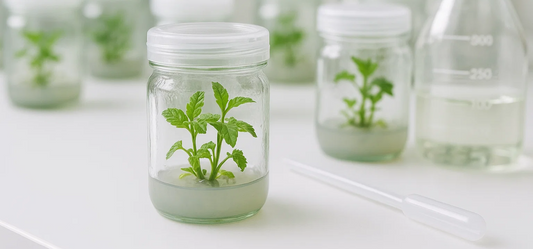
A Guide to Plant Growth: A Deep Dive into Tissu...
Introduction The ability to grow a complete plant from a small section of tissue is only possible through a scientific technique called plant tissue culture. At the core of this...
A Guide to Plant Growth: A Deep Dive into Tissu...
Introduction The ability to grow a complete plant from a small section of tissue is only possible through a scientific technique called plant tissue culture. At the core of this...
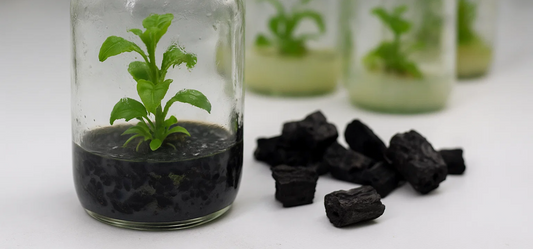
Activated Charcoal in Tissue Culture: When to U...
Introduction Success in plant tissue culture often hinges on the precise composition of the growth medium. Scientists and cultivators meticulously blend nutrients, vitamins, and hormones to guide tiny plant fragments...
Activated Charcoal in Tissue Culture: When to U...
Introduction Success in plant tissue culture often hinges on the precise composition of the growth medium. Scientists and cultivators meticulously blend nutrients, vitamins, and hormones to guide tiny plant fragments...
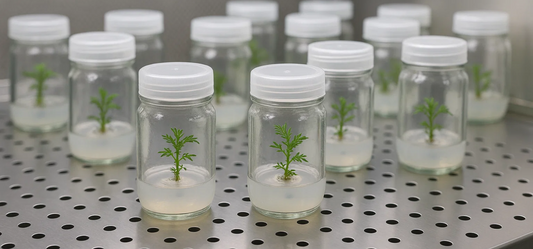
Unlocking the Full Industrial Potential of Mari...
Introduction: The Marigold's Dual Identity The vibrant marigold, a cheerful staple in gardens and cultural ceremonies across the globe, holds a remarkable dual identity. Beyond its aesthetic appeal, this herbaceous...
Unlocking the Full Industrial Potential of Mari...
Introduction: The Marigold's Dual Identity The vibrant marigold, a cheerful staple in gardens and cultural ceremonies across the globe, holds a remarkable dual identity. Beyond its aesthetic appeal, this herbaceous...
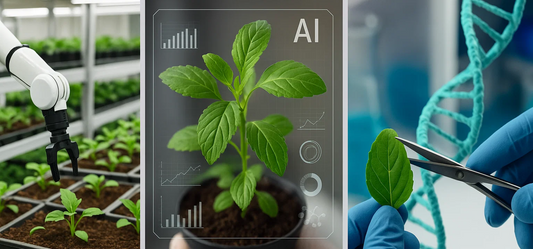
The Technological Trifecta: How Automation, AI,...
Introduction For decades, the term "plant tissue culture" has conjured a specific image: sterile laboratories, rows of petri dishes, and highly skilled technicians meticulously using scalpels and tweezers to propagate...
The Technological Trifecta: How Automation, AI,...
Introduction For decades, the term "plant tissue culture" has conjured a specific image: sterile laboratories, rows of petri dishes, and highly skilled technicians meticulously using scalpels and tweezers to propagate...
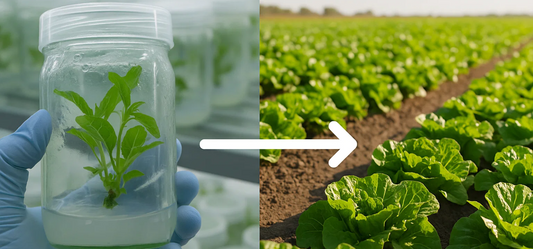
Lab to Field: Is Tissue Culture a Profitable Ve...
Introduction In the quest to feed a growing global population, modern agriculture is constantly seeking an edge. Farmers and agribusinesses grapple with challenges ranging from crop diseases and inconsistent yields...
Lab to Field: Is Tissue Culture a Profitable Ve...
Introduction In the quest to feed a growing global population, modern agriculture is constantly seeking an edge. Farmers and agribusinesses grapple with challenges ranging from crop diseases and inconsistent yields...
